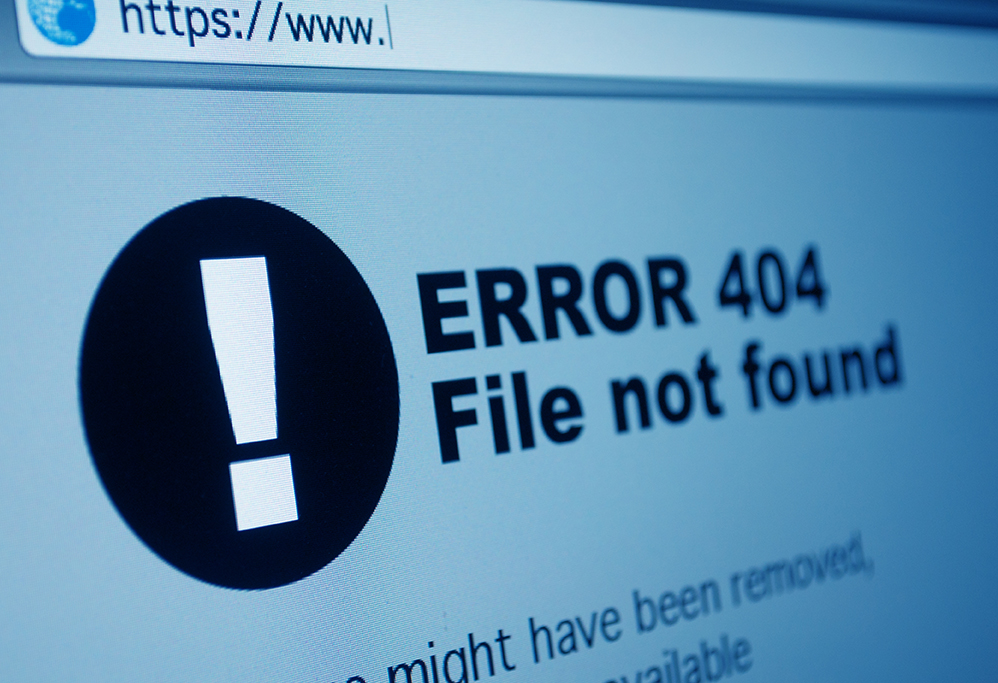How To Incorporate 404 Error Page In Our SEO Campaign?
404 error pages are used by websites to inform us about non-existent webpages and broken links. When 404 DNS error is triggered in the web server, it means that specific webpages are missing for an unknown reason. It could be removed or the URL has changed. If not managed properly, 404 error could affect our SEO campaign. Search engine bots will see it as a big obstacle and there’s no way for them to move forward and this could leave a significant part of our website unindexed. Many websites have a “catch-all” webpage for 404 error, but it may not be well optimized for our SEO campaign.
It is recommended that the 404 error page contains enough usable content and links to other pages in the website. It would be a mistake to inform users that the page that they are looking for is missing. This could lead to confusion and in many cases, visitors will leave the website entirely because they believe that they can’t find the information they need. “Related articles” feature can be used in 404 error page to provide a way for visitors to find the information they need. This feature is common in many websites and it can be very useful in 404 pages. There is a specific way we can use this features.
404 error could be triggered directly from the search engine. In this case, we could detect the keywords that visitors used before they get the 404 error page. This could allow us to find related, working webpages that seem to be relevant with the keyword. 404 error page could also be generated by internal search feature. This would be quite easy to handle, because we are able to gather the keywords used more easily. In any case, 404 error page should have similar look and feel with normal pages of the website. It means that the header, logo, banner image and navigation bar should still be used.
This would be useful in making sure that search engine bots can still crawl other parts of the page. Also, the presence of “related articles” links will provide additional paths for bots to reach other parts of the website. This can be achieved more easily with CSS technology and users still feel that they should continue using the website. It is important to not use generic messages, such as “the webpage entered isn’t available on our server”. Instead we should words that encourage users to stay in the website, such as “Please try one the recommended links below, you may find what you’re looking for”.
Search page should be included prominently in the search box to encourage users look for other information in our website. This way, users won’t feel that they are being stranded. The use of 404 error page that contains generic message and no solution to find the desired information could leave both real human users and search engine bots dissatisfied. With proper strategy 404 error page could boost our SEO performance.


















